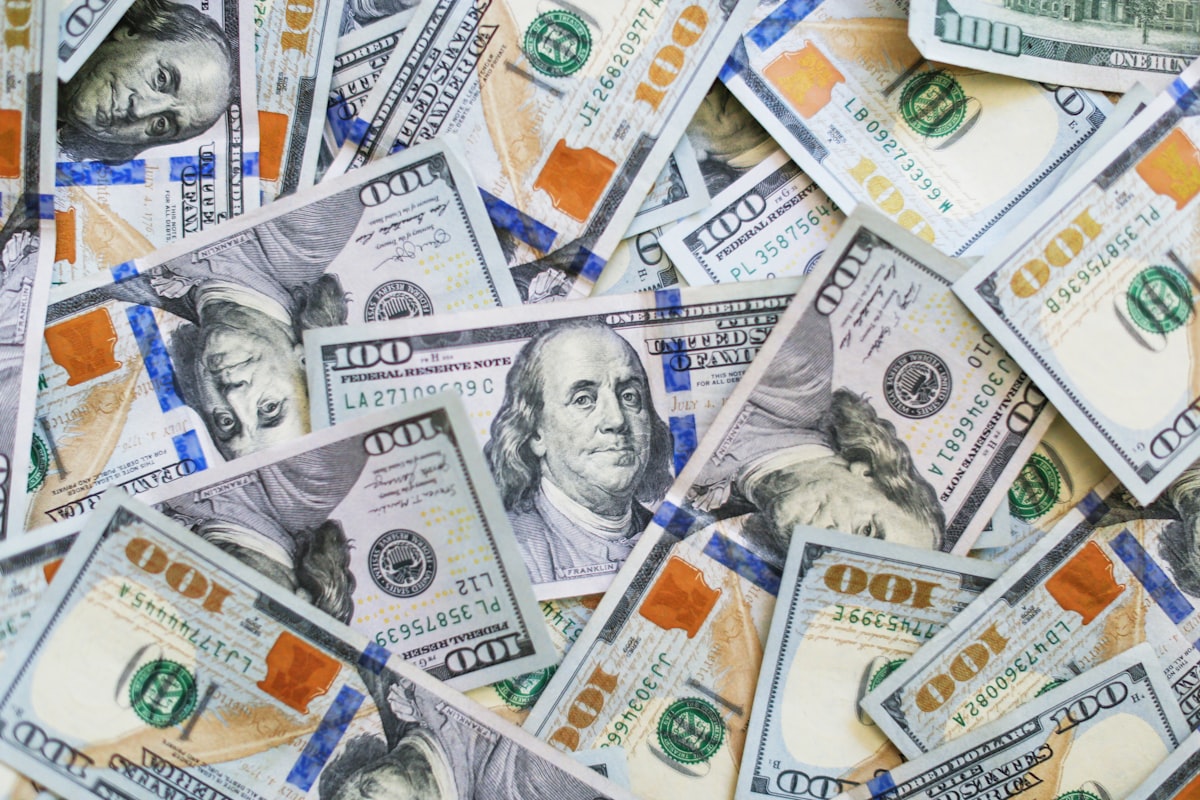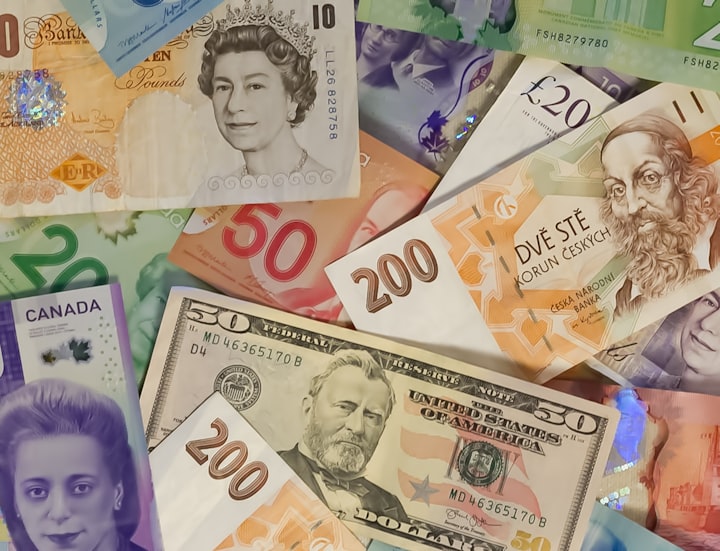How Money Printing Leads To Inflation

Inflation is an increase in the general price level of goods and services in an economy over a period of time. When the general price level rises, each unit of currency buys fewer goods and services; consequently, inflation reflects a reduction in the purchasing power of money – a loss of real value in the medium of exchange and unit of account within an economy. A chief measure of price inflation is the inflation rate, the annualized percentage change in a general price index (normally the consumer price index) over time.
Inflation can be caused by an increase in the money supply. When the amount of money in circulation increases faster than the rate at which the economy is producing goods and services, prices will tend to rise. This is because with more money chasing the same number of goods, people are willing to pay higher prices for those goods.
Printing more money is one way that governments and central banks can increase the money supply. For example, when a government prints more money and uses it to fund its operations, that additional money can enter circulation and increase the overall supply of money. Similarly, when a central bank increases the money supply by buying government bonds or other securities, it can lead to an increase in the overall supply of money.
However, it's important to note that printing more money is not the only way to increase the money supply. Central banks can also increase the money supply through other means, such as lowering interest rates or expanding credit through open market operations.
There are a few different ways that an increase in the money supply can lead to inflation.
First, when there is more money in circulation, people may be willing to pay higher prices for goods and services, because they have more money to spend. This demand-pull inflation can occur when the overall level of spending in an economy increases, and it can lead to a rise in prices.
Second, when there is more money in circulation, businesses may be more willing to increase their prices, because they expect that people will be able to pay those higher prices with the additional money that they have. This cost-push inflation can occur when businesses face higher costs for the inputs that they use to produce goods and services, and they pass those higher costs on to consumers in the form of higher prices.
Finally, when there is more money in circulation, people may be more willing to hold on to that money rather than spending it, because they expect that prices will continue to rise in the future. This expectation of future inflation can create a self-fulfilling cycle, as people hold on to their money and spend less, leading to a slowdown in economic activity, which in turn can lead to further increases in the money supply and more inflation.
It's worth noting that the relationship between the money supply and inflation is not always straightforward. There are other factors that can influence the rate of inflation, such as changes in productivity, the supply of goods and services, and the overall level of demand in an economy. In addition, central banks and governments can use a variety of tools to influence the money supply and the rate of inflation, including setting interest rates, using open market operations, and implementing fiscal policies.
One common way that central banks attempt to influence the money supply and the rate of inflation is through the use of interest rates. By setting the interest rate at which it lends money to banks, a central bank can influence the overall level of borrowing and spending in an economy. For example, if a central bank raises interest rates, it can make borrowing more expensive, which can lead to a decrease in the money supply and a slowing of economic activity. On the other hand, if a central bank lowers interest rates, it can make borrowing cheaper, which can lead to an increase inthe money supply and a boost in economic activity.
Another tool that central banks can use to influence the money supply is open market operations. Open market operations involve the central bank buying or selling government securities in the open market, with the goal of expanding or contracting the money supply. For example, if a central bank wants to increase the money supply, it can buy government bonds from banks, which will inject new money into the economy. On the other hand, if a central bank wants to decrease the money supply, it can sell government bonds to banks, which will remove money from circulation.
Fiscal policies, such as changes in government spending or taxation, can also influence the money supply and the rate of inflation. For example, if a government increases its spending, it can lead to an increase in the money supply and potentially contribute to inflation. On the other hand, if a government decreases its spending or increases taxes, it can lead to a decrease in the money supply and potentially help to curb inflation.
It's important to note that while an increase in the money supply can lead to inflation, it's not the only factor that can contribute to rising prices. Changes in productivity, the supply of goods and services, and the overall level of demand in an economy can all play a role in determining the rate of inflation. In addition, different economies may have different levels of inflation sensitivity – that is, the extent to which an increase in the money supply will lead to a corresponding increase in the price level.
Inflation can have a number of negative consequences for an economy. For one thing, it can erode the purchasing power of money, making it harder for people to afford goods and services. Inflation can also lead to uncertainty and confusion, as people try to figure out how much things will cost in the future. In addition, high levels of inflation can lead to an increase in the cost of borrowing, as lenders demand higher interest rates to compensate for the risk of rising prices.
At the same time, it's important to note that some level of inflation can be beneficial for an economy. For example, moderate levels of inflation can encourage people to spend money rather than saving it, which can help to boost economic activity. In addition, low levels of inflation can make it easier for central banks to set monetary policy, as they have more room to maneuver interest rates without the risk of deflation (a sustained decrease in the general price level).
In conclusion, printing more money is one way that governments and central banks can increase the money supply and potentially contribute to inflation. However, it's important to note that there are other factors that can influence the rate of inflation, and central banks and governments have a range of tools at their disposal to manage the money supply and the overall price level in an economy.




Comments ()